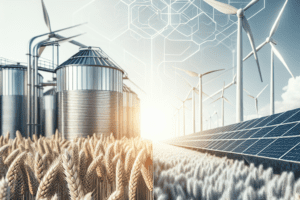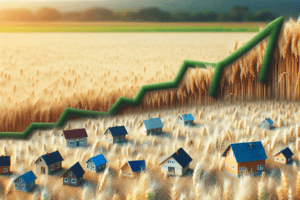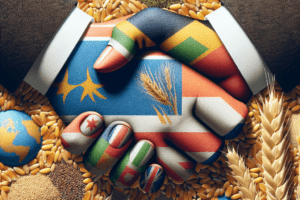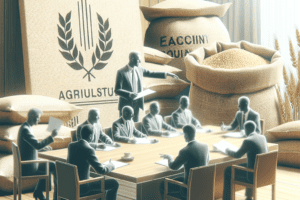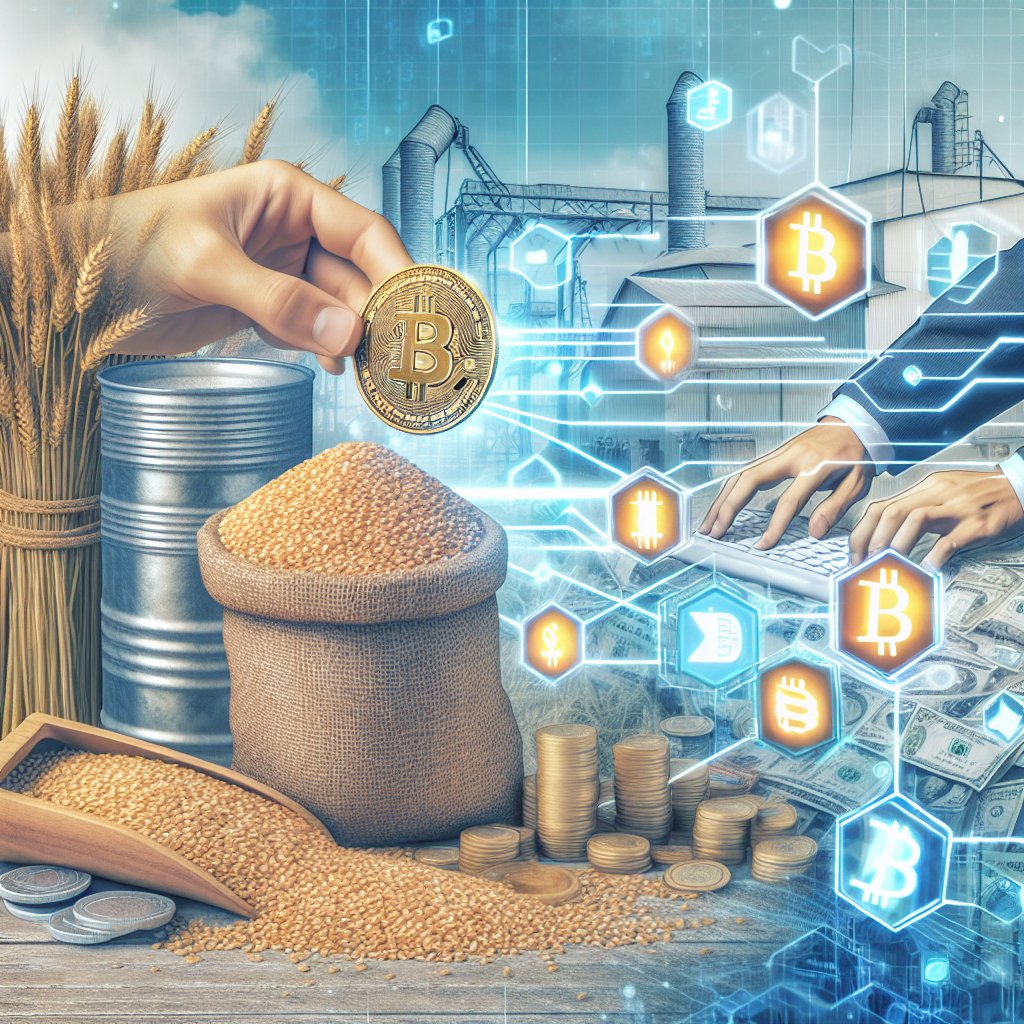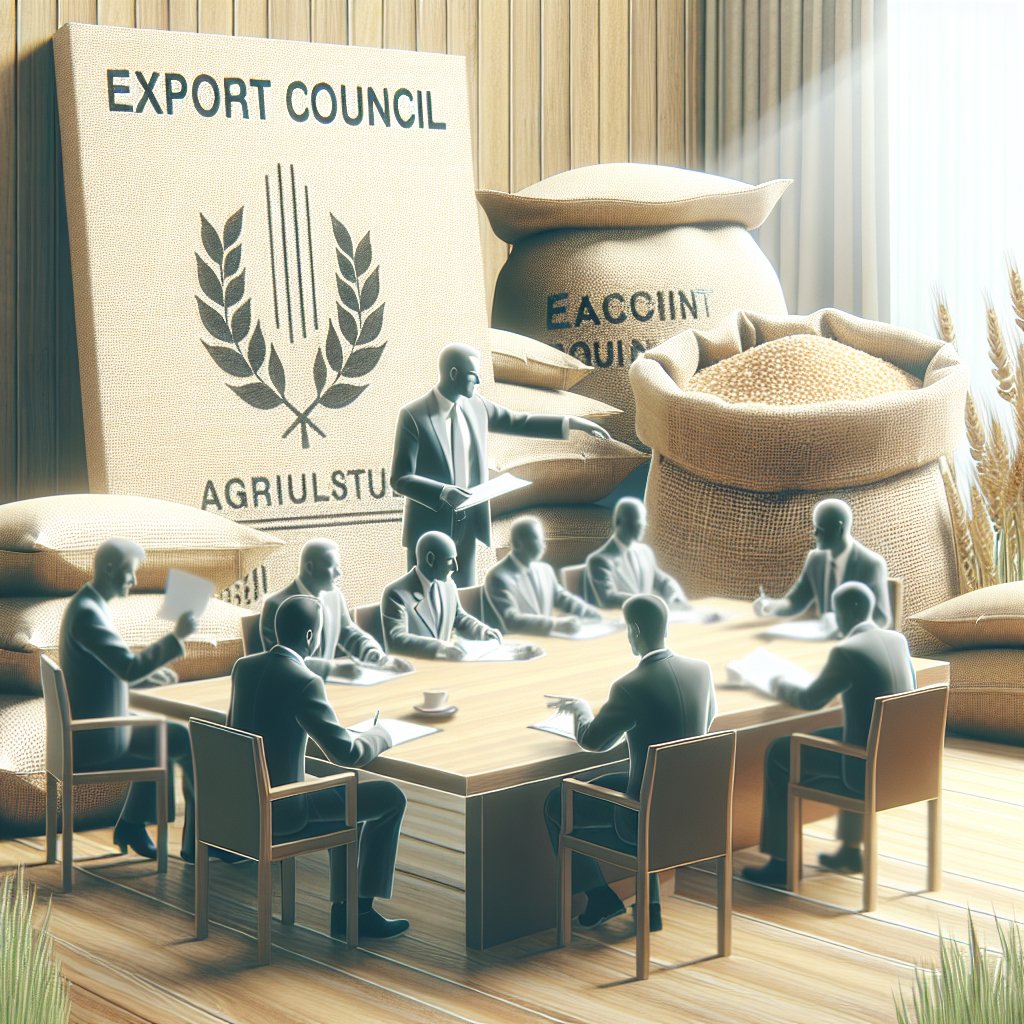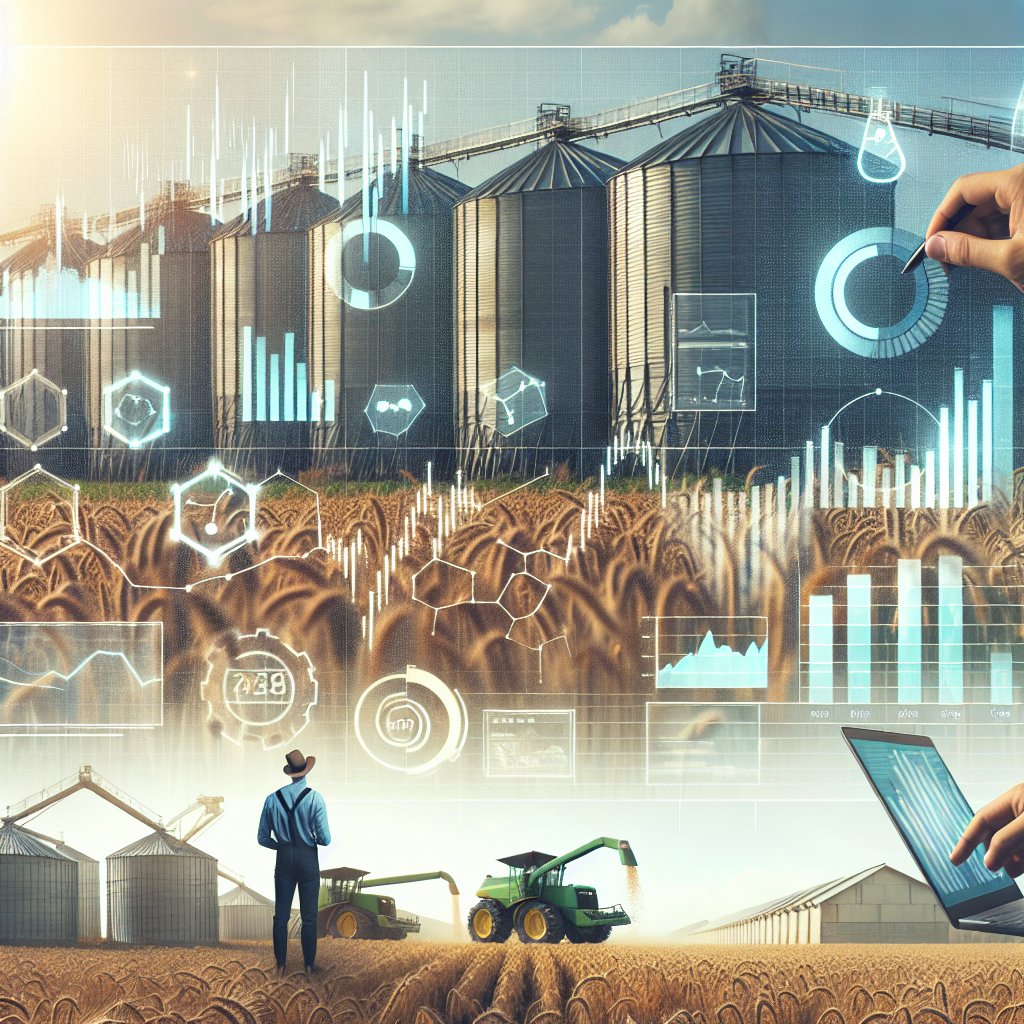The impact of digital currencies on grain trade transactions is a topic of growing importance in the agricultural and financial sectors. As the world becomes increasingly interconnected and technology-driven, the way commodities, including grains, are traded is evolving. Digital currencies, particularly cryptocurrencies and central bank digital currencies (CBDCs), are beginning to play a significant role in these transactions, offering new opportunities and challenges for farmers, traders, and consumers alike. This article explores the implications of digital currencies on grain trade, examining their potential benefits, risks, and the future landscape of agricultural commerce.
Understanding Digital Currencies
Digital currencies refer to any form of currency that is available in digital form. This includes cryptocurrencies like Bitcoin and Ethereum, as well as CBDCs issued by governments. The rise of digital currencies has been fueled by advancements in blockchain technology, which provides a secure and transparent way to conduct transactions. In the context of grain trade, digital currencies can facilitate faster, more efficient transactions, reduce costs, and enhance traceability.
Types of Digital Currencies
- Cryptocurrencies: These are decentralized digital currencies that use cryptography for security. They operate on a technology called blockchain, which records all transactions across a network of computers. Bitcoin, Ethereum, and Litecoin are some of the most well-known cryptocurrencies.
- Central Bank Digital Currencies (CBDCs): These are digital forms of a country’s fiat currency, issued and regulated by the central bank. CBDCs aim to combine the benefits of digital currencies with the stability of traditional currencies. Countries like China and Sweden are already piloting their own CBDCs.
- Stablecoins: These are cryptocurrencies designed to have a stable value by pegging them to a reserve of assets, such as fiat currencies or commodities. Stablecoins aim to reduce the volatility typically associated with cryptocurrencies, making them more suitable for everyday transactions.
The Benefits of Digital Currencies in Grain Trade
The integration of digital currencies into grain trade transactions offers several advantages that can transform the industry. These benefits include increased efficiency, reduced transaction costs, enhanced security, and improved transparency.
Increased Efficiency
Digital currencies can streamline the payment process in grain trade. Traditional payment methods often involve multiple intermediaries, leading to delays and increased costs. With digital currencies, transactions can be executed directly between parties, significantly reducing the time required for payments to clear. This efficiency is particularly beneficial in the grain market, where timing can be critical due to factors like market fluctuations and seasonal harvests.
Reduced Transaction Costs
By eliminating intermediaries, digital currencies can lower transaction fees associated with grain trade. Traditional banking systems often charge high fees for international transfers, which can eat into profit margins for farmers and traders. Digital currencies, especially cryptocurrencies, typically have lower transaction fees, making them an attractive option for conducting trade.
Enhanced Security
Security is a paramount concern in any financial transaction. Digital currencies utilize advanced cryptographic techniques to secure transactions, making them less susceptible to fraud and hacking. The decentralized nature of blockchain technology also means that there is no single point of failure, further enhancing security. For grain traders, this means greater confidence in the integrity of their transactions.
Improved Transparency
Blockchain technology, which underpins most digital currencies, provides a transparent and immutable record of all transactions. This transparency can be particularly beneficial in the grain trade, where traceability is essential for ensuring food safety and quality. By using digital currencies, stakeholders can track the movement of grains from farm to market, providing consumers with greater assurance about the products they purchase.
Challenges and Risks of Digital Currencies in Grain Trade
Despite the numerous benefits, the adoption of digital currencies in grain trade is not without its challenges and risks. These include regulatory uncertainties, volatility, technological barriers, and concerns about cybersecurity.
Regulatory Uncertainties
The regulatory landscape for digital currencies is still evolving, with many governments grappling with how to approach this new form of currency. Inconsistent regulations across different jurisdictions can create confusion and hinder the adoption of digital currencies in grain trade. Traders may be hesitant to embrace digital currencies if they are unsure about the legal implications or potential future regulations that could impact their use.
Volatility
Cryptocurrencies are known for their price volatility, which can pose a significant risk for grain traders. Fluctuations in the value of digital currencies can affect the pricing of grain transactions, leading to potential losses. While stablecoins aim to mitigate this issue, they are not immune to market fluctuations and may still experience instability under certain conditions.
Technological Barriers
The successful implementation of digital currencies in grain trade requires a certain level of technological infrastructure. Many farmers and traders, particularly in developing regions, may lack access to the necessary technology or knowledge to engage in digital currency transactions. Bridging this technological gap is essential for widespread adoption.
Cybersecurity Concerns
As with any digital system, cybersecurity is a critical concern. The risk of hacking and cyberattacks can undermine the trust in digital currencies and the platforms that facilitate their use. Grain traders must ensure that they have robust security measures in place to protect their digital assets and transaction data.
The Future of Grain Trade Transactions with Digital Currencies
The future of grain trade transactions is likely to be shaped by the continued evolution of digital currencies. As technology advances and regulatory frameworks become clearer, the adoption of digital currencies in the agricultural sector is expected to grow. This shift could lead to a more efficient, transparent, and secure grain trade ecosystem.
Integration with Supply Chain Management
One of the most promising developments in the use of digital currencies in grain trade is their potential integration with supply chain management systems. By combining blockchain technology with digital currencies, stakeholders can create a comprehensive system that tracks grains from production to consumption. This integration can enhance traceability, reduce fraud, and improve overall efficiency in the supply chain.
Collaboration Between Stakeholders
For digital currencies to gain traction in grain trade, collaboration among various stakeholders is essential. Farmers, traders, financial institutions, and regulators must work together to establish best practices, develop standards, and create a supportive environment for digital currency adoption. This collaboration can help address regulatory uncertainties and build trust in digital currency transactions.
Education and Awareness
Increasing awareness and understanding of digital currencies among farmers and traders is crucial for their successful adoption. Educational initiatives can help stakeholders grasp the benefits and risks associated with digital currencies, empowering them to make informed decisions. As more individuals become familiar with digital currencies, the likelihood of widespread adoption in grain trade increases.
Conclusion
The impact of digital currencies on grain trade transactions is profound and multifaceted. While there are significant benefits to be gained, such as increased efficiency, reduced costs, and enhanced security, challenges remain that must be addressed. As the agricultural sector continues to evolve, the integration of digital currencies could pave the way for a more modern and resilient grain trade system. By fostering collaboration, addressing regulatory concerns, and promoting education, stakeholders can harness the potential of digital currencies to transform the grain trade landscape for the better.


